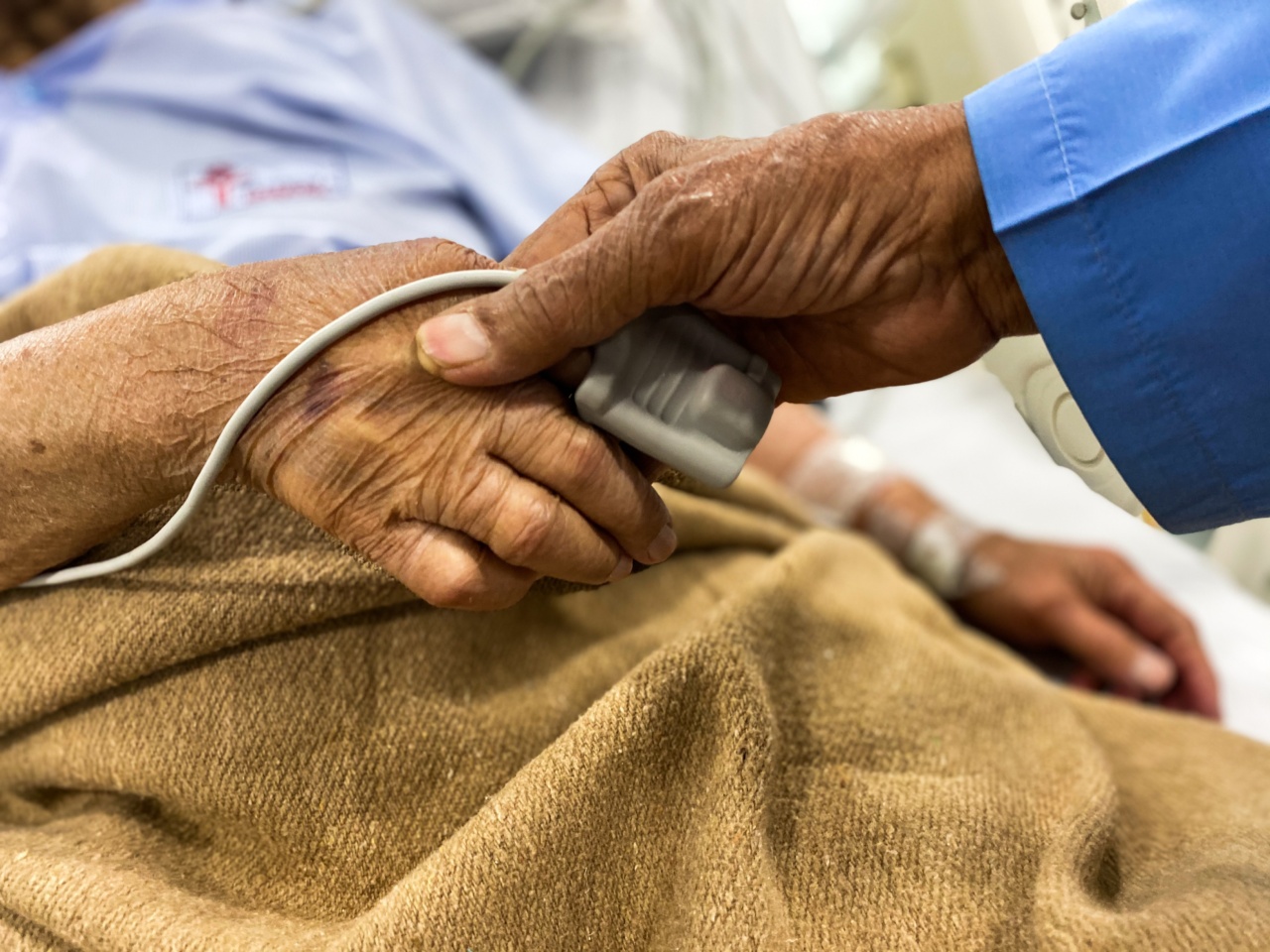Pulse rate is a measurement of the number of times a person’s heart beats in a minute. It is a vital sign that helps healthcare professionals evaluate a person’s overall health and cardiovascular fitness.
The pulse rate varies depending on several factors, including age. In this article, we will discuss the normal pulse rates based on age and the importance of monitoring and maintaining a healthy pulse rate.
Understanding Pulse Rates
Before diving into the specifics of pulse rates based on age, let’s first understand how pulse rates are measured. The pulse can be felt at various locations in the body, such as the wrist, neck, or groin.
The most common and easily palpable location is the radial artery, located just below the thumb on the wrist.
The pulse rate is measured by counting the number of beats felt in a span of 60 seconds. Alternatively, it can also be counted for 30 seconds and then multiplied by 2 to get the beats per minute (BPM).
Tracking the pulse rate over time can provide valuable information about a person’s cardiovascular health.
Normal Pulse Rates in Adults
In adults, a normal resting pulse rate is typically between 60 and 100 beats per minute. However, there can be slight variations depending on individual factors such as fitness level and overall health.
Athletes and individuals who regularly engage in physical exercise may have lower resting heart rates due to increased cardiovascular fitness.
It’s worth noting that emotional or physical stress, certain medications, and medical conditions can temporarily elevate the pulse rate.
This is why it’s important to measure the pulse rate when at rest, preferably in the morning before any physical activity.
Pulse Rates in Children
Children generally have higher pulse rates compared to adults. The pulse rate in infants can range from 100 to 160 beats per minute. As children grow, their pulse rate gradually decreases.
By the age of 10, the resting pulse rate in children is closer to that of adults, typically between 70 and 100 beats per minute.
It’s important to note that newborns may have significantly higher pulse rates, especially during crying or feeding. This is considered normal and not a cause for concern.
Pulse Rates in Teens
During adolescence, the pulse rate continues to decrease and eventually settles into the adult range. However, it’s not uncommon for teenagers to have slightly higher pulse rates compared to adults.
The average resting pulse rate for teenagers is between 60 and 100 beats per minute.
Impact of Exercise on Pulse Rates
Engaging in physical exercise can have a significant impact on pulse rates. During exercise, the heart pumps more blood to the muscles, increasing the pulse rate.
Regular exercise strengthens the heart muscle, resulting in greater efficiency and lower resting pulse rates.
Athletes and individuals who participate in vigorous physical training may have resting pulse rates below 60 beats per minute. This is known as bradycardia and is a normal physiological response to intense exercise.
However, it’s recommended to consult with a healthcare professional to ensure there are no underlying health conditions causing the low pulse rate.
Abnormal Pulse Rates
While slight variations in pulse rates are common, extremely high or low pulse rates can indicate underlying health issues. Below are some abnormal pulse rates to be aware of:.
Tachycardia
Tachycardia refers to a resting pulse rate above 100 beats per minute. It can be caused by factors such as stress, anxiety, physical exertion, fever, dehydration, certain medications, and medical conditions.
If experiencing persistent tachycardia without any obvious explanation, it is recommended to seek medical attention.
Bradycardia
Bradycardia refers to a resting pulse rate below 60 beats per minute. It can be a normal response in highly trained athletes, but it can also be caused by medical conditions such as hypothyroidism, electrolyte imbalances, and certain medications.
If experiencing persistent bradycardia or other associated symptoms, it is important to consult with a healthcare professional.
Arrhythmia
Arrhythmia refers to an abnormal heart rhythm that can cause the pulse rate to be irregular. This irregularity can manifest as skipped beats, extra beats, or an erratic rhythm.
Arrhythmias can be harmless or serious, depending on the specific type and underlying cause. If experiencing symptoms of an arrhythmia, it is essential to seek medical evaluation.
The Importance of Monitoring Pulse Rates
Monitoring and understanding pulse rates based on age is crucial for maintaining good health. Regular pulse rate checks provide valuable information about heart health, fitness level, and potential underlying medical conditions.
Deviations from the normal pulse rate ranges should be taken seriously and discussed with a healthcare professional.
In addition to regular pulse rate monitoring, adopting a healthy lifestyle can contribute to maintaining an optimal pulse rate.
This includes regular physical exercise, a balanced diet, stress management, and avoiding smoking or excessive alcohol consumption.
Conclusion
Pulse rates based on age vary, with children having higher pulse rates that gradually decrease and settle into the adult range.
It’s important to remember that normal pulse rates can still vary slightly depending on individual factors, such as fitness level and overall health.
Monitoring pulse rates regularly and understanding the potential implications of abnormal pulse rates can help identify underlying health conditions and ensure prompt medical attention when necessary.
Maintaining a healthy lifestyle through exercise, diet, and stress management is also essential for overall cardiovascular health.





























